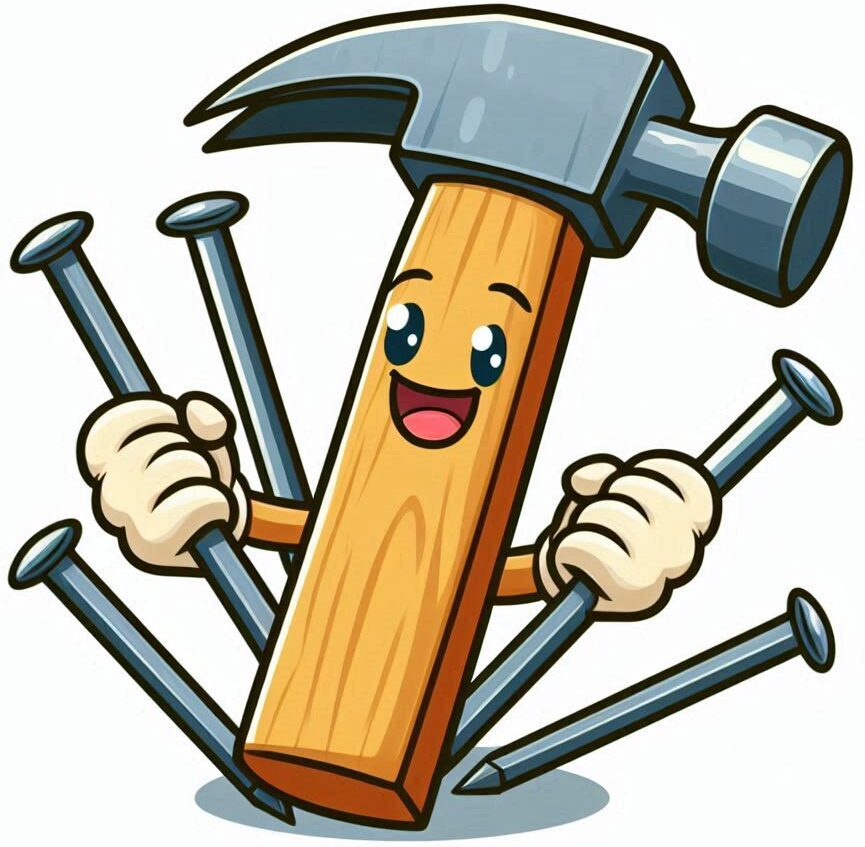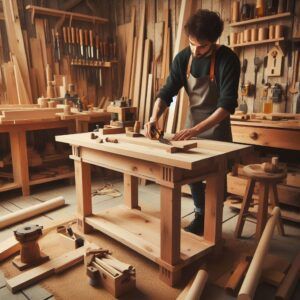🪚 Woodworking Safety and Success in Small Shops: What Every Maker Should Know
Whether you’re just beginning your woodworking journey or you’ve been crafting pieces for decades, your shop is more than a workspace—it’s your creative haven. While many woodworkers dream of expansive workshops filled with every power tool imaginable, the truth is, a well-designed small woodworking shop can be just as productive—and in many cases, even more efficient.
In this article, we’ll break down everything you need to know about small shop woodworking, including safety practices, space guidelines, and what to avoid if you want to keep your shop both productive and injury-free.
🔥 What Are 5 Things You Should NOT Do in the Woodshop?
Woodshops are rewarding but potentially dangerous environments. To protect yourself and others, avoid these five major mistakes:
1. Neglecting Safety Gear
It’s tempting to do a “quick cut” without putting on your goggles or dust mask, but this is where accidents happen. At a minimum, every woodworker should use:
- Safety glasses or goggles to protect against flying debris
- Hearing protection to prevent long-term damage from loud equipment
- Dust masks or respirators for sanding or using materials that create fine particulates
Even in small shops, the concentration of dust and the close proximity to tools mean you need to treat personal protective equipment (PPE) as non-negotiable.
2. Disabling or Removing Safety Guards
Push sticks, blade guards, riving knives, and other built-in tool safety features exist for a reason. Some woodworkers remove them to increase visibility or speed, but doing so dramatically increases your risk of kickback or injury.
Never operate machinery without these safeguards unless it’s absolutely necessary and you’re using proper technique.
3. Wearing Loose Clothing or Jewelry
Baggy sleeves, necklaces, rings, and even long hair can get caught in moving parts. Always wear fitted clothing and tie back hair to prevent it from being pulled into spinning machinery. This is especially crucial in tight workspaces where you may be moving closer to machines than in a full-sized shop.
4. Working in Poor Lighting
Good lighting is not just for aesthetics—it’s a core part of safety and accuracy. Dim corners can hide saw blades, sharp chisels, or small wood fragments. A mistake caused by poor lighting can lead to injury or ruin a project you’ve spent hours on.
Pro tip: Use a combination of overhead and task lighting to eliminate shadows and ensure a clear view of your work.
5. Rushing Through a Project
Speed and efficiency come with experience—not haste. Rushing through cuts or assembly increases the risk of mistakes and injuries. Take your time, double-check measurements, and keep your work area tidy.
🧰 What Is Considered a Small Shop?
A small woodworking shop is typically defined as any dedicated workspace between 100 and 500 square feet. That might sound cramped, but many successful woodworkers run efficient, profitable shops out of spaces as small as a single-car garage or a basement corner.
Here’s what sets small shops apart:
- Efficient layout: Every square inch is used with intention
- Portable or compact tools: Many tools serve multiple purposes
- Limited but focused inventory: Materials are stored smartly, and excess is minimized
A well-designed small shop encourages good habits—cleanliness, planning, and efficient use of materials and time.
👨🔧 Who Runs a Small Shop?
Small shops are incredibly common in the woodworking world. They are often run by:
- Hobbyists creating custom projects in their free time
- Retired professionals who continue the craft as a passion
- Side hustlers selling on Etsy or at local markets
- Full-time makers who specialize in custom furniture or cabinetry
Regardless of who runs them, small shops are united by a love of woodworking and a drive to create something meaningful—often with limited resources but maximum creativity.
📏 What Is the Minimum Size for a Woodworking Shop?
The minimum size for a functional woodworking shop depends on what you plan to build. However, most woodworkers agree that as little as 100 square feet can support basic operations if you plan carefully.
Here’s how to make it work:
🔹 Tools and Equipment
- Stick with bench-top or portable tools: Table saws, planers, and sanders now come in space-saving sizes.
- Invest in a folding workbench or wall-mounted workstation to save floor space.
- Use mobile bases for large tools so you can roll them out only when needed.
🔹 Layout and Design
- Go vertical: Wall storage and pegboards can hold tools, clamps, and jigs.
- Keep materials and scraps organized using bins, shelves, and wall-mounted racks.
- Design your shop in zones—one for cutting, one for assembly, and one for finishing (if space allows).
🔹 Power and Ventilation
- Ensure access to enough electrical outlets for tools and lighting.
- If you don’t have room for a full dust collection system, use a shop vac with a HEPA filter and wear a respirator when sanding.
🏗️ Tips to Maximize Small Shop Efficiency
Running a small shop doesn’t mean compromising on quality. In fact, many successful craftsmen say they became better woodworkers by learning to maximize limited space.
Here are some ideas:
✅ Use Multi-Function Tools
A router table that doubles as an outfeed table, or a bench that has built-in clamping options, gives you more value from a single tool footprint.
✅ Modular Workstations
Design your workspace so you can rearrange it depending on the task. Flip-top benches are great for housing two tools in one footprint.
✅ Plan Projects Around Your Space
Avoid overly large projects that will clog your shop during assembly. Stick to items that can be safely built and maneuvered within your square footage.
💡 Inspiration: What Can You Build in a Small Shop?
Just because you’re working in a tight space doesn’t mean you’re limited in what you can create. Some of the most popular and profitable small shop projects include:
- Cutting boards
- Jewelry boxes
- Floating shelves
- Picture frames
- Small tables or benches
- Turned items like pens and bowls (if you have a lathe)
These items are perfect for selling at craft shows or online marketplaces and don’t require massive lumber or complex layouts.
🚫 Common Pitfalls to Avoid in Small Shops
In addition to the top 5 “don’ts” we covered earlier, here are a few more hazards to watch for in a small shop:
- Overcrowding your space: Resist the temptation to add every new tool you see. Prioritize what you’ll use most.
- Ignoring dust control: A small shop fills with sawdust fast, which can affect your health and your tools.
- Letting clutter build up: Keep only the tools and materials you need for your current project. Rotate items in and out of your space to maintain clarity and safety.
🧱 Final Thoughts
You don’t need a massive workshop to become a successful woodworker. With smart layout choices, safety discipline, and a bit of ingenuity, a small woodworking shop can become a powerhouse of creativity and productivity.
So whether you’re transforming your garage, basement, or backyard shed into a maker’s paradise, remember:
- Prioritize safety and efficiency
- Know your space limits
- Focus on quality over quantity
Happy building! —and stay safe out there.





